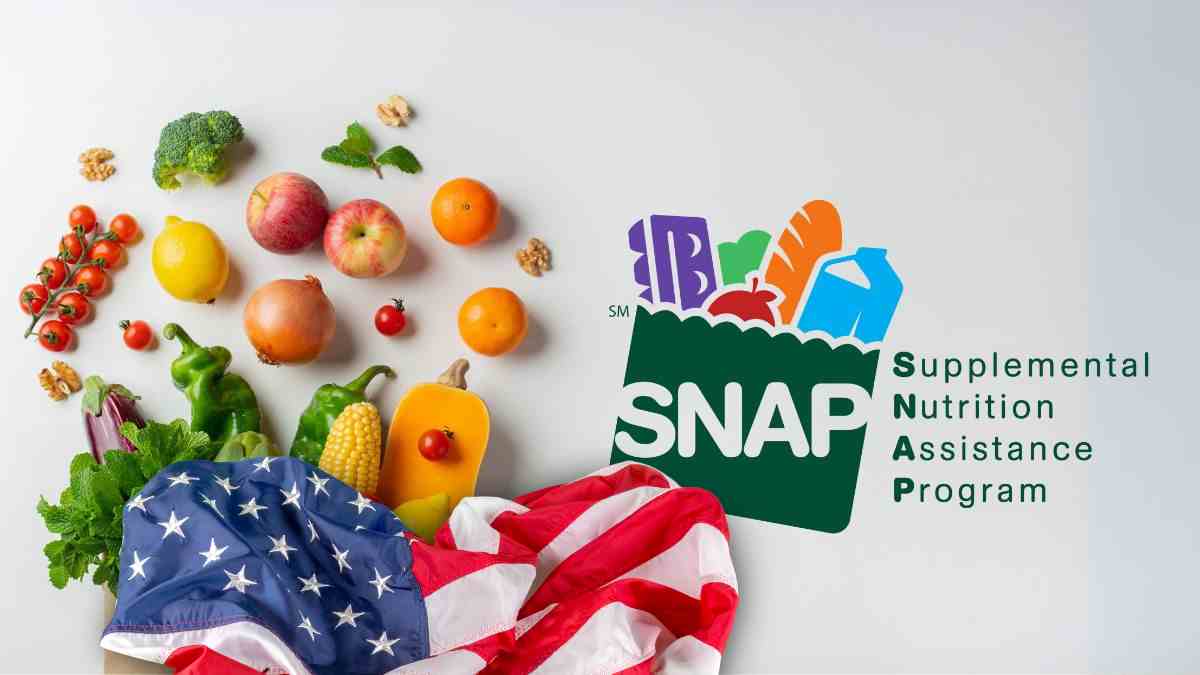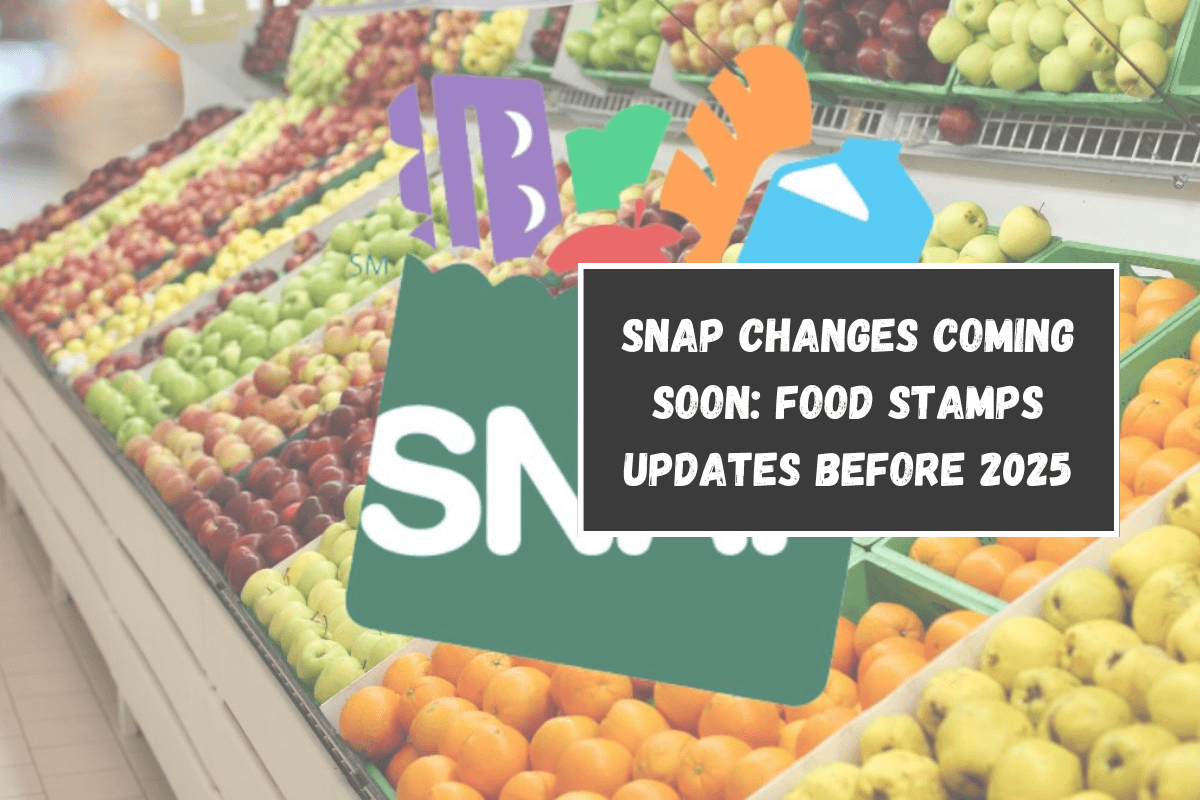It is always being worked on by the USDA (United States Department of Agriculture) and the Food and Nutrition Service to make the SNAP (Food Stamps) program better in the US. Beneficiaries can get better service and up-to-date numbers this way.
For instance, rising prices affect the buying power of people who get SNAP. They can’t buy as much because food costs more. With the help of COLA, the USDA changes the levels of inflation and the highest amounts that can be paid. For the 48 states that are next to each other, the next 2025 COLA raise will happen on October 1, 2024.
2025 COLA for SNAP benefits
Food Stamp users will be able to get more money, even though it’s not even January yet. In one state, though, the highest amounts for SNAP will go down.
To make things even more interesting, Hawaii will get less money this year than last. There will be more help for Alaska, Guam, and the U.S. Virgin Islands as well. Keep in mind that all of them have higher inflation and higher SNAP limit payment amounts.
Check out the new max values that start on October 1, 2024:
Size of the household and the most that can be spent in the 48 contiguous states and DC
1 = $292
2 = $536
3 = $768
4 = $975
5 = $1,158
6 = $1,390
7 = $1,536
8 = $1,756
Each additional member $220 *source: https://www.fns.usda.gov/snap/fy-2025-cola

SNAP ABAWD age change
The USDA has also made changes for people who get Food Stamps and are between the ages of 18 and 54 and can work. Now, ABAWD is open to people between the ages of 18 and 52. As a result, things will change for people ages 53 to 54.
Everyone on this list will have to work at least 80 hours a month if they want to keep getting Food Stamps for more than three months in a three-year period. Some people may be able to get an exemption.
For instance, if you have a child, you might not need to work 80 hours a month or do something else if you can’t find work. Women who are pregnant, Veterans, young adults under 24 who used to be in foster care, or people who are homeless.















Leave a Reply